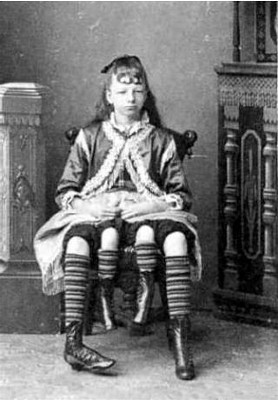Accomplishments of Lewis Gordon Pugh:
- One month after his first swimming lesson, swam from Robben Island to Cape Town, South Africa
- Shortly thereafter, swam the English Channel
- First person to swim around the southernmost point in Africa, the northernmost point in Europe, the Cape of Good Hope, and the Cape Peninsula
- First person to complete a long-distance swim in all five oceans
- First person to swim down the entire length of Norway’s Sognefjord, 204 kilometers
- First person to swim across an African Great Lake (Lake Malawi)
- Gold medal in the 500-meter freestyle at the 2006 World Winter Swimming Championships in Finland
- World record for the northernmost long-distance swim (Spitsbergen, 1,000 kilometers from the North Pole) and southernmost long-distance swim (Petermann Island, off the Antarctic Peninsula)
Most recently Lewis became the first person to swim the entire length of the River Thames, to raise awareness about the problems of global warming. Along the way, he stopped in London to visit Tony Blair.





